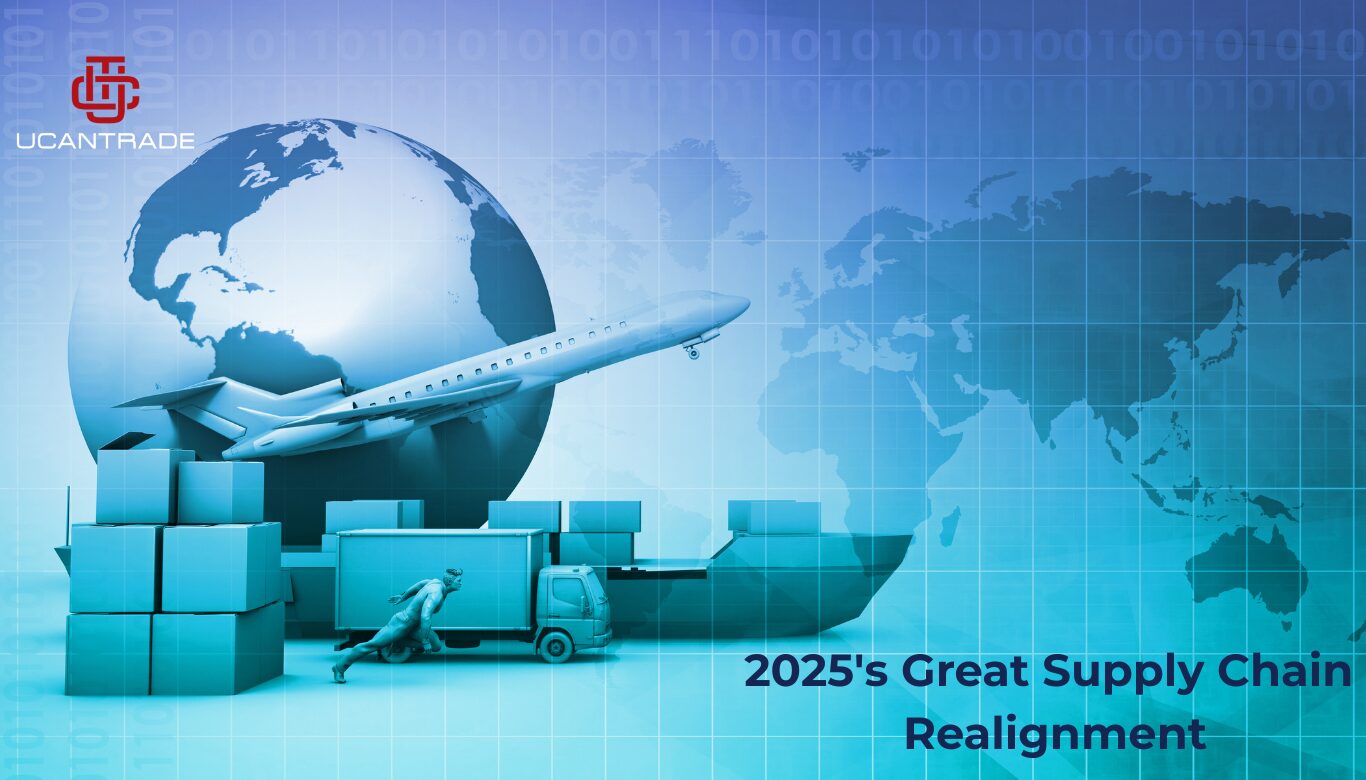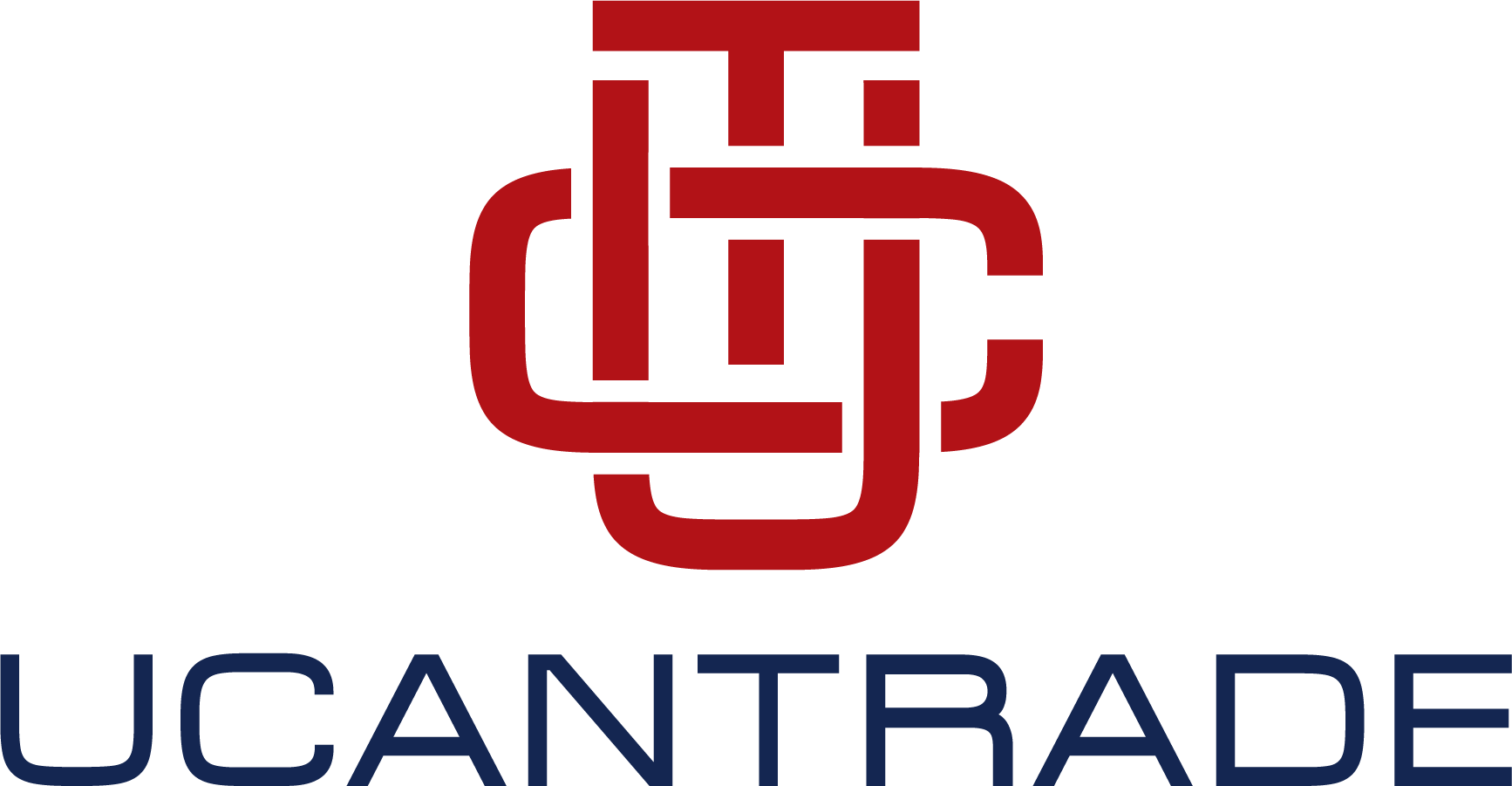From sourcing to last mile, networks are being redrawn at record speed
2025 isn’t a slow shift… it’s a full-scale shuffle.
Sourcing, manufacturing, distribution, even last-mile delivery, are all on the move. The reason?
Staying put now carries more risk than making a change.

What’s driving the moves?
- Tariff turbulence: Rising costs from China, Mexico, and parts of Europe
- De Minimis ends August 29: No more duty-free for sub-$800 ecommerce imports
- Geopolitical pressure: Disruptions in key sourcing regions
- Capacity crunch: Labor and transport costs changing models faster than ever
Real-world moves in 2025:
- Apple: Moved 15–20% of production to India and Vietnam, lowering tariff exposure but adding 10% to Vietnam lead times
- Ford: Nearshored to Mexico to avoid steel/aluminum tariffs, facing 15% higher cross-border delays
- Walmart: Cut China imports by 10%, shifted to Vietnam and Thailand, trading lower tariffs for higher freight costs
- HP: Expanded sourcing to Taiwan and Thailand, reducing tariff impact by 8%
- FedEx: Redesigned network, routing 2.5M additional packages through optimized hubs
- Adidas: Opened “Speedfactories” in the US and Germany, improving delivery speed but increasing costs
- Unilever: Shifted ingredient sourcing to Africa and Eastern Europe, added warehouses in Latin America, improving resilience but facing onboarding challenges
- Procter & Gamble: Nearshored production to Mexico and the Southern US, shortening lead times with higher labor costs
The big picture:
Deloitte projects 40% of US companies will relocate part of their supply chain to North America by 2026. This isn’t incremental change, it’s structural. And it’s not just about cost. It’s about control, compliance, and agility.
Questions leaders should be asking now:
- Have we modeled landed cost under the new tariffs?
- Do we have redundancy in high-risk sourcing areas?
- Are our fulfillment centers aligned to new trade flows?
- Can our partners pivot quickly as de minimis ends?
- Do our systems enable rapid network redesign?
Bottom line:
You don’t have to move everything at once. But you do have to move with intent. The companies that reposition now will be ready to serve multiple markets with speed and efficiency, while others scramble to catch up.

